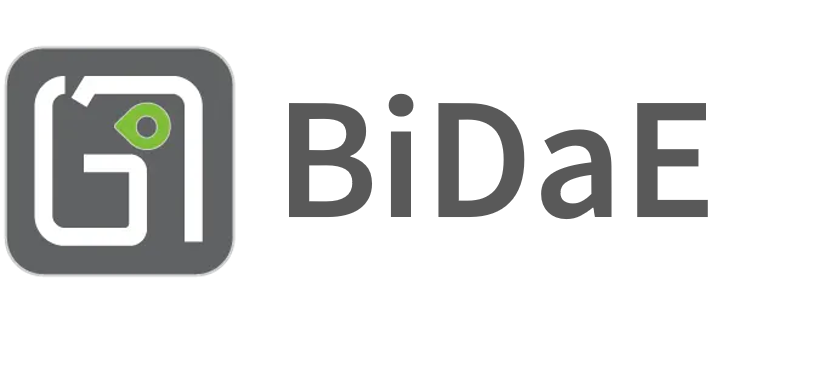BPS is an open, scalable, easy to deploy, enhance and maintain infrastructure for both indoor positioning / Navigation and real-time indoor object tracking applications.
BOT is a system of tools designed to help you locate indoors objects you may need to find during the course of your work and your organization to follow best practices in customer / patient care and asset management.
Seeing-I-Go is an indoor positioning & navigation app on mobile phones for people on foot or in wheelchairs. It works well in large, often crowded building complexes and by vision impaired users.
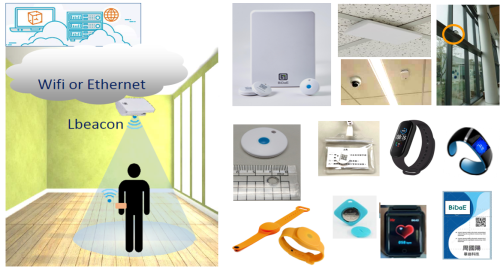
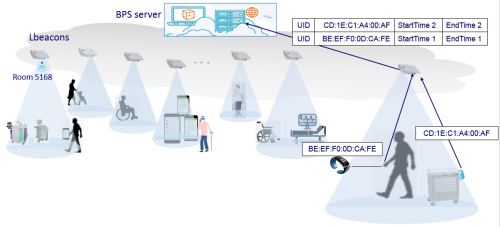
BiDaE indoor Positioning System, or BPS for short, is an open platform for indoor navigation and real-time indoor object tracking applications: It supports BiDaE’s own Seeing-I-Go mobile app and BiDaE Object Tracker. Through its open API, the platform also can provide indoor position and object location data to diverse third party apps and services.
The work done by BPS is carried out collaboratively by two types of components: tags and location beacons (Lbeacons). Together, they form a fog of Internet of Things (IoT).
Tags are Bluetooth Low Energy (BLE) transmitters. Every tag has a universally unique identifier (UUID). It broadcasts continuously advertizing packets containing its UUID and thus makes its presence known to Bluetooth receivers near by. Object tracking systems use of this feature to make objects to be located and tracked visible to the system: This is done by attaching to (or wearing by) every object to be visible to the system a tag and storing in the server an association of the tag UUID with the object ID/name. Thus, the location of each visible object is given by the location of the associated tag.
There are two types of tags: simple tags and sensor tags. Simple tags do nothing but broadcasting their UUID’s. Sensor tag contains sensors. In addition to its UUID, each sensor tag also broadcasts readings of its sensor(s) periodically. Smart watches are examples. Each watch reads and broadcasts regularly vital signs of the person wearing it. Some sensor tags can provide acceleration readings. A real-time object tracker can use them to support remote vital sign and movement monitors.
Lbeacons are a BLE transceivers. They are powered by AC or PoE (power over Ethernet) and are connected to the BPS server via WiFi or Ethernet. In a building served by a BPS, they are installed throughout the area covered by the system.
Each Lbeacon broadcasts continuously its own 3D coordinates or UUID via a directional antenna to devices in its coverage area of a few meters in radius. Thus, it provides navigation apps on the devices with position data. Each Lbeacon also scans its coverage area continuously. When it hears a tag, it sends to the server the tag’s UUID, its own UUID, and the time interval during which the tag is heard. Based on data from all Lbeacons, the server determines the location of every tag at all times. Every Lbeacon also forwards to the server time stamped sensor readings from every sensor tag. Thus, BPS effectively functions as a sensor data crowdsourcing system.
The vertical location of every tag reported by BPS is in terms of the floor level on which the tag is. This data is always accurate. The system can be configured to achieve a wide range of horizontal location accuracy by making use of more or fewer Lbeacons. In order to bring the user to within sight of sought-after objects, Lbeacons need to be configured to achieve than 3-5 meters or 5-10 meters horizontal accuracy. This is often referred to as bed/desk-level or room-level accuracy, respectively. In hospitals and other healthcare facilities, this configuration is typically used for areas such as emergency department and patient wards. Often, zone-level (i.e., 10-20+ meter) or floor-level accuracy in all or some areas suffices. This setting is usually used when the goal is to determine whether the sought-after object is in the building, or on which floor, in which patient ward or which part of a ward.
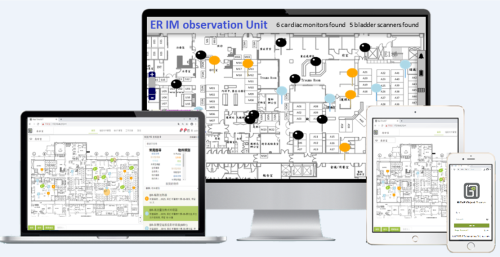
BiDaE Object Tracker (or BOT for short) is a system of software tools for use within hospitals, elderly care facilities, office buildings, factories, etc. Its primary function is to help you locate objects, i.e., devices, equipment, people, etc. BOT also has tools to support your decisions and streamline your work processes and tools to help your organization prevent theft, follow best practices in device/equipment management, control building access, ensure safety of people, and so on.
In addition to advantages inherited from the underlying BPS platform, BOT has the following distinct features:
Core capabilities provided by every BOT include the following:
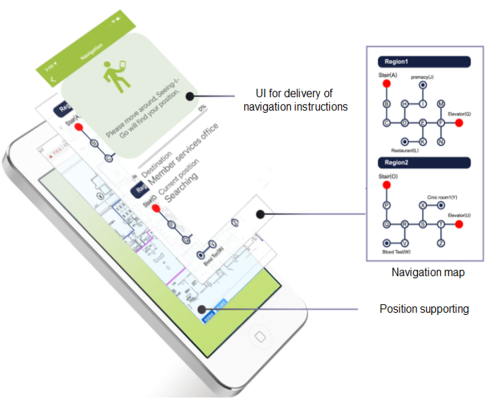
Seeing-I-Go is the mobile Bluetooth navigation app offered by BiDaE. You can use it to guide you in building complexes indoors and outdoor spaces around buildings. Its user interface is simple and easy to use and does not require you to look at the screen for long and frequently. Its distinct features include
